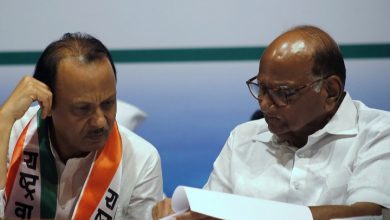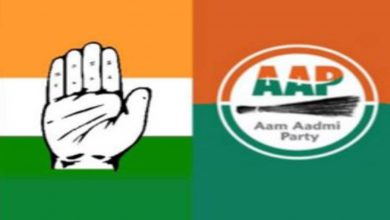Govt Starts Ambitious Project to Map Every Health Facility in India

New Delhi: A gargantuan project to map every health facility in the country was launched by the Union health minister JP Nadda, on Tuesday. The National Health Resource Repository project is a map not only of the locations of estimated 20-25 lakh healthcare facilities — private and government — in the country but also of how well they run, how many patients they serve and how the doctors perform.
This is an ambitious programme, said Nadda, as he warned ministry officials that if their bodies and institutions didn’t continuously update data to reflect changes on field, they’d find themselves out of the system entirely.
The health ministry has roped in the Indian Space Research Organisation (ISRO) to give technology and guidance to the Central Bureau of Health Intelligence (CBHI), the ministry body that will run this project, and has partnered with the WHO and the Bill and Melinda Gates Foundation.
The repository starts off in Manipur, Odisha, and Rajasthan, on Tuesday. By the end of June, said the team involved in implementation, work will have started in almost all states.
Through 10 pilot projects, in December 2017 and January 2018, in Sikkim, Madhya Pradesh, Rajasthan, Himachal Pradesh, Kerala, the project team learnt they needed 4,000 people on ground to wrap data collection in five minutes.
Through these 4,000 workers conducting a census of facilities on ground, the map and data set should be done by December, said the team members.
This, apparently isn’t soon enough for the Prime Minister’s Office (PMO). At the launch, health secretary Preeti Sudan told the press the PMO wanted the work done by September.
All in all, the repository will have 1500 variables — performance, infrastructure, equipment, etc — to pin down doctors, clinics, diagnostics laboratories, pharmacies and nursing homes in India.
The NHRR will also be a key tool for the Ayushman Bharat National Health Protection Mission (AB-NHPM). The Ayushman Bharat CEO Indu Bhushan had also told News18 in a previous conversation that the NHPM will depend on this mapping exercise for implementation and monitoring.
This was confirmed by health secretary Preeti Sudan, who said the two pillars of Ayushman Bharat — the NHPM and comprehensive primary care — will need this map.
Recently, additional health secretary Manoj Jhalani had told News18 that certain amount of data for government health facilities has already been collected. It had started nearly four years ago, as an exercise under the National Health Mission, to understand the strengths and gaps in the health system. Its existence is why, Sudan said on Tuesday, the first phase of the NHRR will focus on private facilities.
The point of the data is not just to geo tag the locations of health facilities but as Jhalani had said, “build layers”. Which health centre can provide cardiac care or which one is well equipped for maternal care, for example.
However, some of the personnel involved in NHRR implementation said the current government data did not adequately fulfil these functions. With only 10 variables, it merely provides coordinates. It does not tell which centre is running, which is not, which is not functioning up to capacity, which provides the requisite tests and diagnosis, etc.
Most government data also depends on government facilities reporting themselves. The NHRR will function under the Collection of Statistics Act, 2008, like a census, allowing the team to go to the field and collect information. It will function in two parts. The first, line listing, will have investigators combing the streets of the country to list any health-related structure. The second, enumeration, will have another team get details through interviews of these structures, all through a paperless, tablet bases system
A medical college will take about four to five days to cover through interviews, while a pharmacy will take an hour.
There are, however, many obstacles. One team is sitting forcibly idle in the northeast because of the floods. An investigator in Chhattisgarh, said a team official, was picked up and held for a few days by some groups, whom the official didn’t name. Elections will disrupt the work.
However, to hit their December deadline, the project aims to cover 100 odd districts a month.
The end game is a map of different data layers; to aid policymakers, to states to set up more facilities incorrect locations, and to citizens to know where to go for help.







